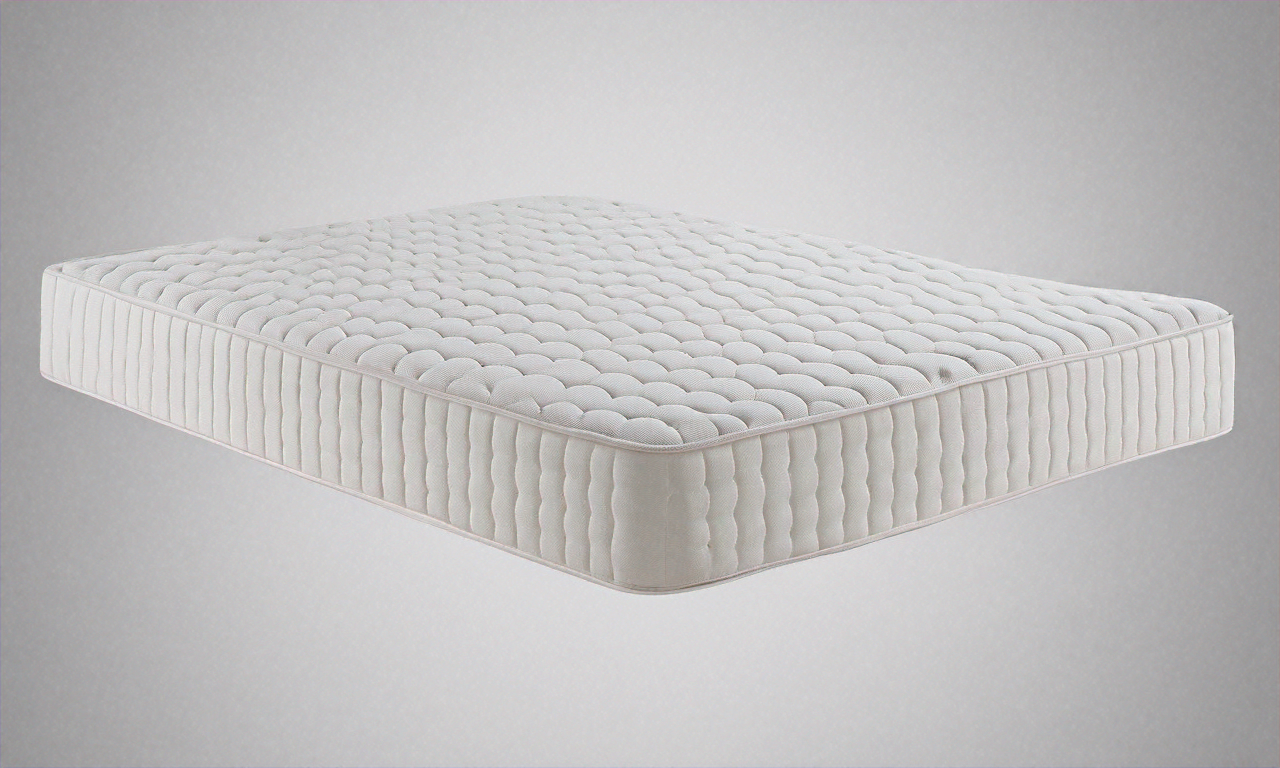Demystifying Fat Removal: A Comprehensive Look into Liposuction
Over the years, society's perception of beauty has evolved, bringing along with it a myriad of ways to enhance one's physical appearance. One such method that has gained significant prominence is the process of fat removal, specifically liposuction. Once a taboo topic, today it is a widely accepted practice in the world of aesthetic medicine, offering a solution to those struggling with stubborn fat deposits resistant to diet and exercise. In this article, we aim to peel back the layers of liposuction, delving into its history, current relevance, and its growing impact in the beauty industry.

The Historical Journey of Liposuction
Liposuction, a procedure that surgically removes fat deposits from specific areas of the body, has a history that dates back to the 1920s. The first known attempt at liposuction was made by a French surgeon named Charles Dujarier. However, the procedure led to a gangrene infection, resulting in the amputation of the patient’s leg. This unfortunate incident dampened the enthusiasm for fat removal procedures until the 1970s when two Italian gynecologists, Arpad and Giorgio Fischer, introduced a new technique called ‘Blunt Tunneling’. Their innovation reduced the risk of tissue damage and paved the way for the modern liposuction procedure.
The Advent of Modern Liposuction
The breakthrough in liposuction came in 1982 when a dermatologist named Dr. Yves-Gerard Illouz introduced the ‘Illouz Method’, a technique that involved injecting a saline solution into the fatty tissue to break it up before suctioning it out. This technique significantly reduced surgical trauma and recovery time, making liposuction a safer and more effective procedure. Since then, liposuction has continued to evolve with advancements like tumescent liposuction and laser-assisted liposuction further improving its safety and efficacy.
Liposuction in Today’s Beauty Landscape
In the current beauty landscape, liposuction is one of the most popular cosmetic procedures worldwide. According to the International Society of Aesthetic Plastic Surgery (ISAPS), more than 1.7 million liposuction procedures were performed globally in 2019, making it the most sought-after cosmetic surgery. The popularity of liposuction can be attributed to its ability to contour the body and remove stubborn fat in a relatively straightforward procedure, with minimal downtime compared to other invasive surgeries.
The Impact and Reception of Liposuction
Liposuction has had a profound impact on the beauty industry and society’s perception of beauty. It has helped push the boundaries of what is physically achievable, offering individuals the ability to alter their physical appearance to align with their aesthetic desires. However, the procedure is not without its critics. While many laud liposuction for its role in enhancing physical appearance and boosting self-confidence, others argue that it promotes unrealistic beauty standards and can lead to serious health complications if not performed correctly.
Unique Insights Into Liposuction
While it’s true that liposuction can significantly alter body contours, it’s important to note that it’s not a weight loss solution. Instead, it’s a body contouring procedure designed to remove small, localized concentrations of fat. This distinction is not often made clear in popular media, which can lead to misconceptions about the procedure. Furthermore, the success of liposuction is heavily dependent on the skill of the surgeon and the patient’s adherence to post-operative care. It’s not a one-size-fits-all solution, and the results can vary significantly based on these factors.
In conclusion, liposuction represents a significant milestone in the evolution of aesthetic medicine. However, like all medical procedures, it comes with its risks and limitations. As our understanding of body aesthetics continues to evolve, so too will our approach to procedures like liposuction, promising safer, more effective solutions in the future. As consumers, it’s crucial to approach such procedures with a balanced perspective, understanding the risks and benefits, and making informed decisions about our bodies.




